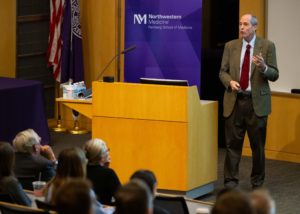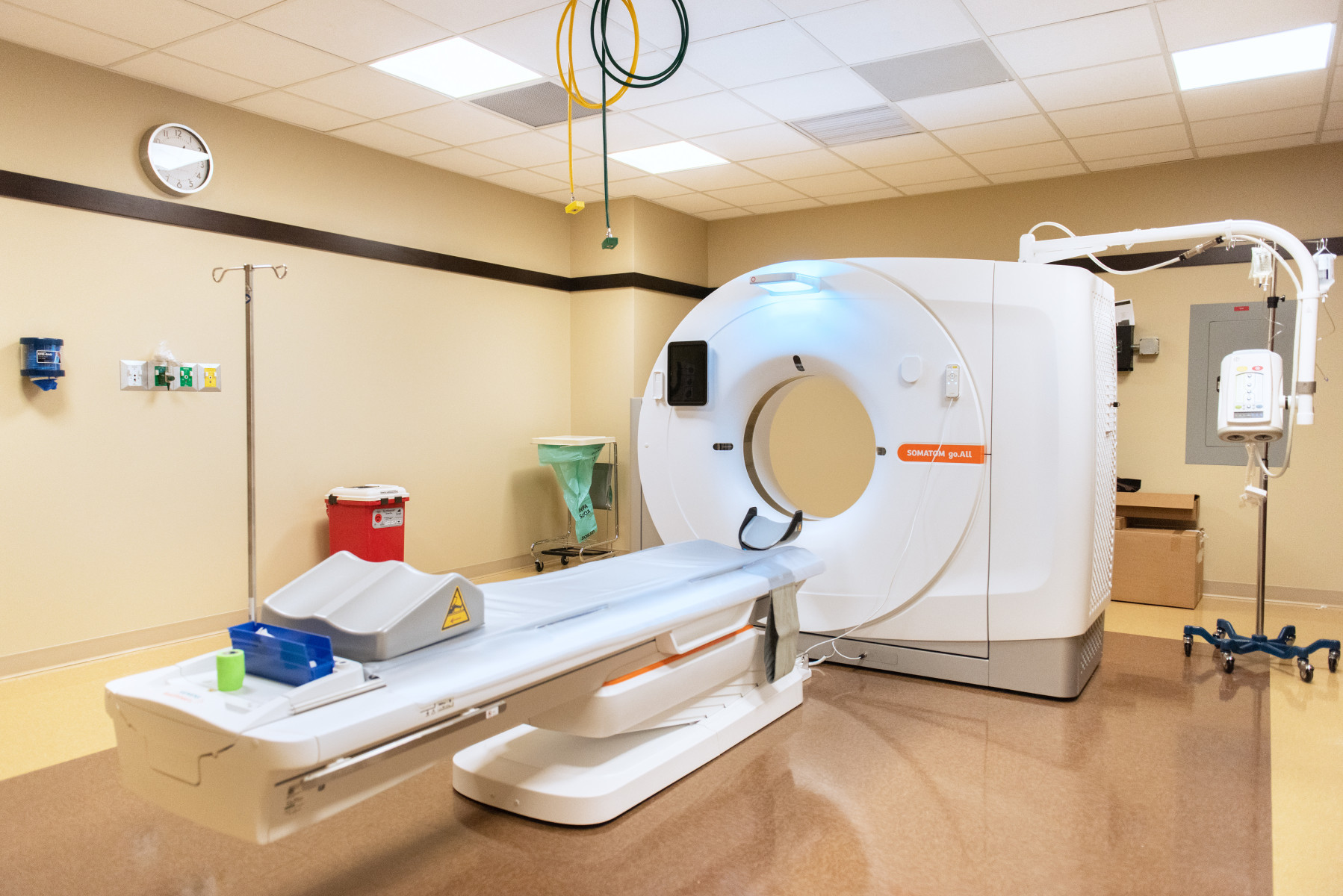
Jeremy Nathans, MD, PhD, an investigator of the Howard Hughes Medical Institute and a professor at Johns Hopkins University School of Medicine, and recipient of the 2022 Mechthild Esser Nemmers Prize in Medical Science, delivered a keynote lecture on the molecular mechanisms of visual systems on September 20.
The Nemmers Prize in Medical Science is awarded to a physician-scientist whose body of research exhibits outstanding achievement in their discipline as demonstrated by works of lasting significance.
Nathans is the Samuel Theobald Professor of the Wilmer Eye Institute at Johns Hopkins University School of Medicine and an investigator of the Howard Hughes Medical Institute, known for his landmark discoveries into the molecular mechanisms of visual system development, function and disease.
Listen to an episode of the Breakthroughs Podcast with Jeremy Nathans, MD, PhD:
Nathans work has led to numerous breakthroughs in molecular neuroscience, including his elucidation of the molecular basis of inherited variation in human color variation, including variations referred to as “colorblindness,” and the genetics of inherited forms of retinitis pigmentosa and macular degeneration.
Rex Chisholm, PhD, vice dean for Scientific Affairs and Graduate Education welcomed attendees to this year’s lecture by introducing Nathans and giving an overview of Northwestern’s five Nemmers Prizes.
“Dr. Jeremy Nathans is a celebrated molecular neuroscientist known for his landmark discoveries into the molecular mechanisms of visual system development, function and disease. We are honored to have him join us at Northwestern to present his pioneering research and to present him with the Mechthild Esser Nemmers Prize in Medical Science,” Chisholm said.

During his lecture, Nathans highlighted key discoveries made by his laboratory and others about central nervous system vascular development and disease.
Nathans discussed how the Norrin/Frizzled4 signaling pathway is essential for retinal vascular development and how two ligand-specific co-activators — Gpr124 and Reck — are critical for proper functioning of the beta-catenin signaling pathway. Notably, the Nathans laboratory discovered that one major source of retinal vascular disease is mutations in genes that encode this signaling pathway in which the glial cells send a signal.
Nathans also discussed the blood-brain barrier in relation to beta-catenin signaling pathway, as well as circumventricular organs or areas in the brain that lack a blood-brain barrier.
“I think vascular biology is where we’re going, at least for the next several years; five years. We’re fascinated by both the beauty of the vascular system and also its medical importance. It impinges on every tissue in the body, and disorders of vascular function are of central importance to every organ system,” Nathans said.
Throughout the day, Nathans toured Feinberg’s campus, met with Feinberg faculty leaders and staff, and attended a luncheon with students in the Medical Scientist Training Program (MSTP).
To conclude the lecture, Eric G. Neilson, MD, vice president for Medical Affairs and Lewis Landsberg Dean, presented Nathans with a medallion in commemoration of receiving the Nemmers Prize.
The Mechthild Esser Nemmers Prize in Medical Science, which carries a $200,000 stipend, was made possible by a generous gift to Northwestern by the late Erwin Esser Nemmers and the late Frederic Esser Nemmers. A jury of distinguished scientists from around the country made the final selection.






